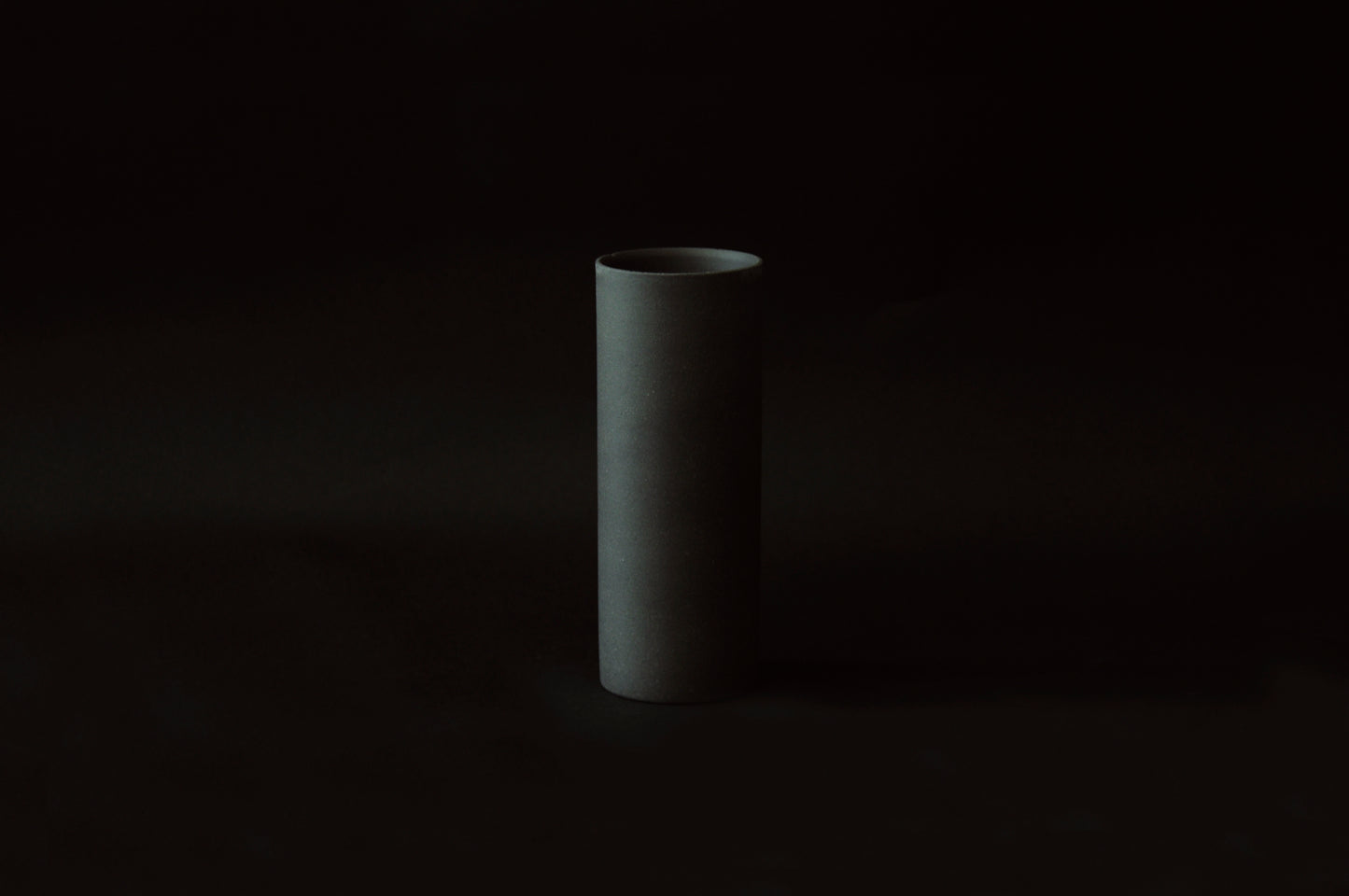Tall Tea Cup
Tall Tea Cup
Couldn't load pickup availability
A long and narrow-shaped modern cup finished in traditional colors. The scent of tea stands out according to its elongated shape. We have prepared 7 types with different glazes and firing methods. It can also be used as single-flower vase.
Cinabre
On the basis of a transparent glaze, we have added a little copper. The reduction firing gives a red color to the plaster.
Oribe green A glaze in the basis of copper and ash enamel. This color was named in honor of a Japanese tea master Sen no Rikyu, Furuta Oribe who particularly appreciated its color.
Ameyu
We have added a small amount of iron or manganese to the transparent glaze. After the reduction firing, it takes a shiny brown color just like a Japanese brown candy.
Celadon
A small amount of iron oxide contained in the glaze reacts during the reduction firing and gives this blue-green color. It is a several century old technique said to have been developed in the 10th century.
Kohiki Kohiki, also known as Kofuki from its whiteness, evokes a flour that has been blown. Different to the whiteness of porcelain, it has a suppleness of the ceramic. The air inside the glaze reacts during the reduction firing and reveals several pink stains in different places on the surface. You can enjoy the specific touch of ceramic and its unique shades of color
Akatsuchi yakishime We have used the soil of akatsuchi which takes on this red color after the oxidation firing at low temperatures. The ceramic is produced according to the high-fired unglazed technique called yakishime.
Kokuto yakishime We have used the soil of Shiragaki, colored before the reduction firing. The ceramic is produced according to the high-fired unglazed technique called yakishime.
Share









